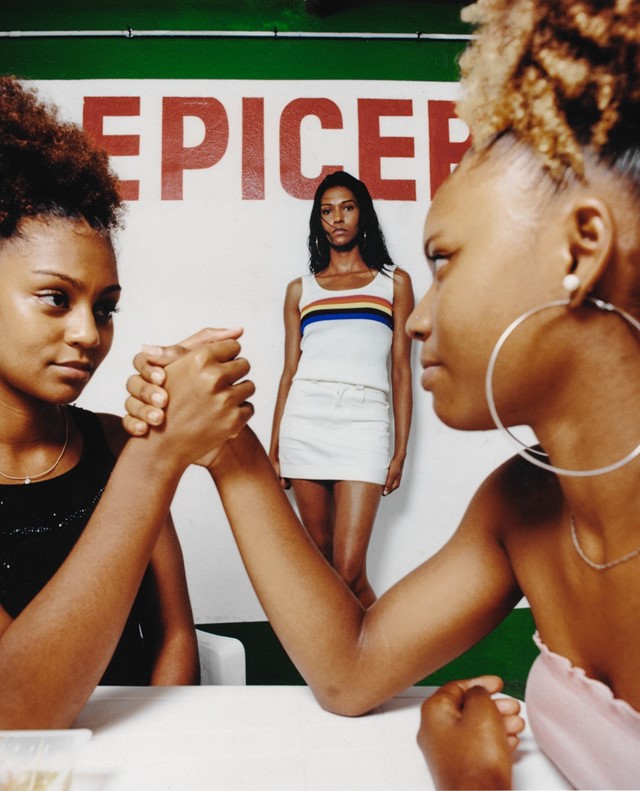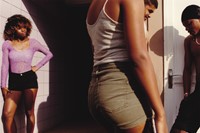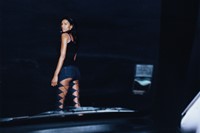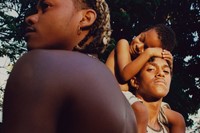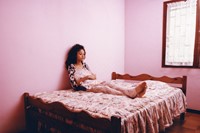Nicolas Guichard and Fabien Vilrus – a designer and photographer respectively, both now based in Paris – teamed up to go home to Réunion and photograph its people, culture and architecture
In Réunionese Creole – the main language spoken, alongside French, on the island of Réunion – the phrase ‘la kaz’ means ‘home’. La Kaz is also the title of a series of photographs taken in Réunion, a collaboration between the photographer Fabien Vilrus and the designer Nicolas Guichard, both originally from the island and now based in Paris. The pair returned to Réunion to capture its local people and architecture, and incorporated pieces from Guichard’s S/S20 collection into the series. The warm and compelling photographs are currently on show at Balice Hertling in Paris, in an exhibition curated by Juan Corrales.
“It was very important for us to go home for this project – we felt the need to create something there because there’s a lack of projects which show our island and other islands in general,” Guichard and Vilrus explain of how La Kaz came about. “Especially in visual arts, we are not represented enough and we wanted people from France and other European countries to understand where we are from and the potential that we have. It was also to give power to the people from our island – giving them back the tools to go beyond the usual representation of exoticism, that often only comes from a touristic viewpoint.”
Both Guichard and Vilrus routinely look to their home island for their work: in 2018, Vilrus explored “beliefs and superstitions” on Réunion for a short film entitled Believer; and Guichard’s clothing draws, in part, on the island’s dance traditions – the outfits of Sega dancers, with colourful and ruffled pieces, a style which originates on the Mascarene Islands – and the 90s and 00s style of Creole women. “I approach fashion design as a personal journey, where I mix various references and experiences I felt living on the island,” Guichard says. “In my collection, I also featured printed beach sarong fabrics, feminine chiffon tops and lace-up details, and vintage Creole curtains given by my grandmother and friends. This collection is full of nostalgia and underlines the relationship women from the island have with their bodies.”
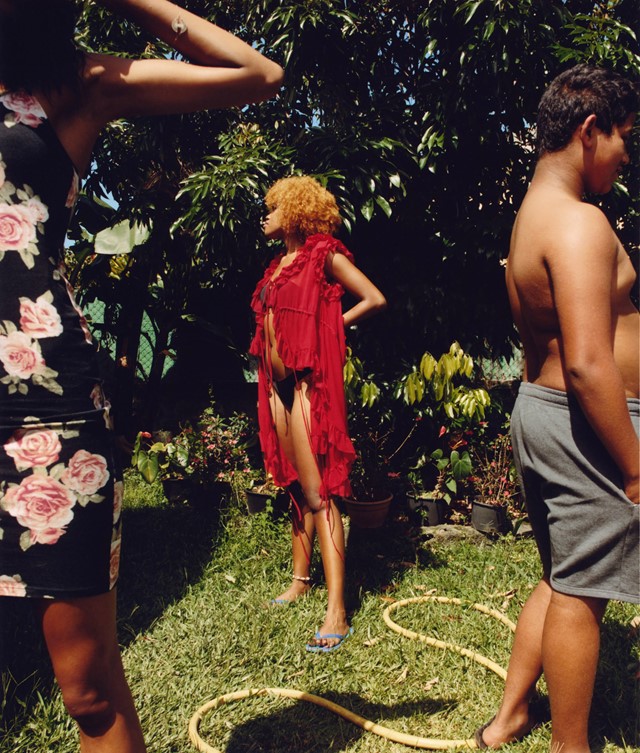
La Kaz goes beyond the clothing designed by Guichard. The pair chose to focus on young locals from Réunion – who they met through their own family and friends, as well as through some street casting – and the traditional buildings that form people’s homes. “It wasn’t easy to reach out to people because they often didn’t take us seriously or weren’t interested in the project,” Guichard and Vilrus explain. “At first the series was supposed to be focused only on the youth of the island, but we noticed that the local architecture of the island had transformed into something very different – diluted with influences from France and global culture, it was hard to see real local houses. So taking images of the kaz became very important for us because it was our way of preserving the local architecture, and also warning people about how globalisation and constant modernisation is currently erasing our local culture and values.”
“La Kaz is a habitat that is disappearing, to be replaced by buildings that have very little to do with the climate and whose architecture usually disregards the requirements of daily life of a population whose majority lives below the poverty line,” the political scientist Françoise Vergès writes in a text to accompany the exhibition. “By photographing this habitat identified as belonging to a tradition that would be inferior to modernity, Fabien Vilrus and Nicolas Guichard revalue a local architecture, born of an economy and a culture.”
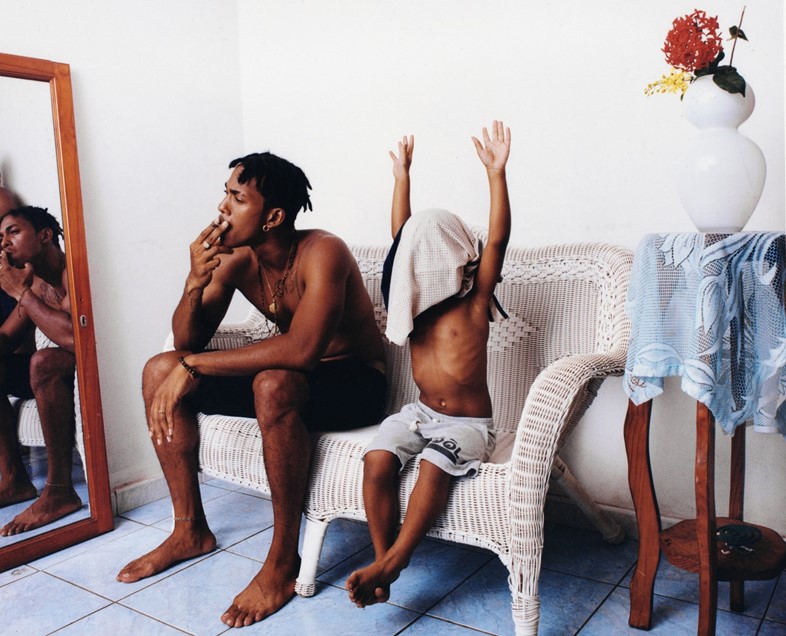
For Guichard and Vilrus, La Kaz is a highly personal endeavour; the photographs form a love letter to the culture, landscapes, people and style that they see as central parts of life on Réunion, and remind them of growing up there. Vilrus’ favourite image from the series was taken of a father and son at his cousin’s friend’s house, and, in turn, one of Guichard’s favourites is of a group of people in his grandmother’s garden. “‘La kaz’ means ‘home’, and for us it perfectly represents the series because it’s where we were born and raised,” they say. “We also wanted to think of the exhibition as our home, where we welcome the viewers to immerse themselves in our culture, lifestyle and vision. We want the local faces to be considered and represented here, and to give a voice to people with the same background as us. The exhibition allows a space to discuss and to realise the constant loss of our culture. We hope that people will feel concerned and understand the potential that Creole identity has.”
La Kaz is at Balice Hertling, Paris, until August 1, 2020.
